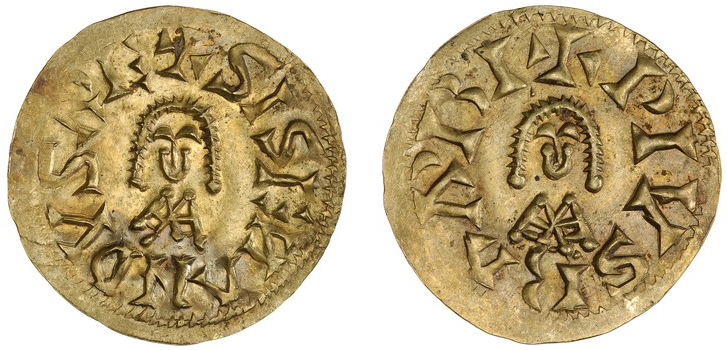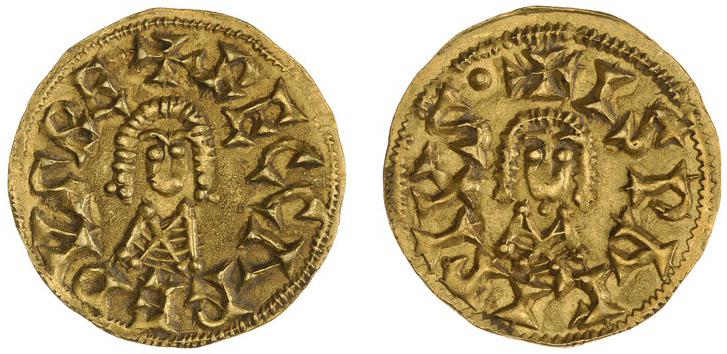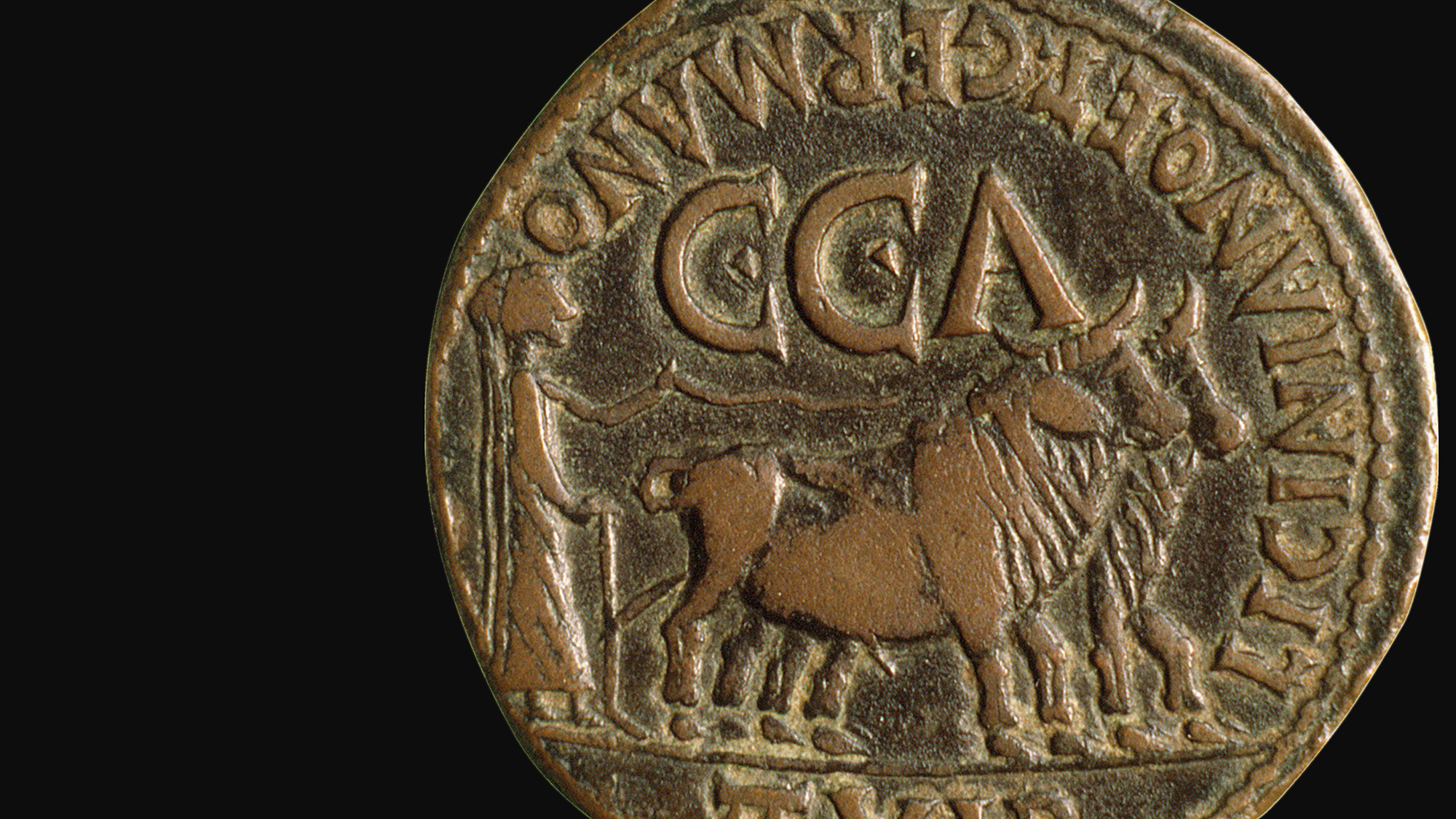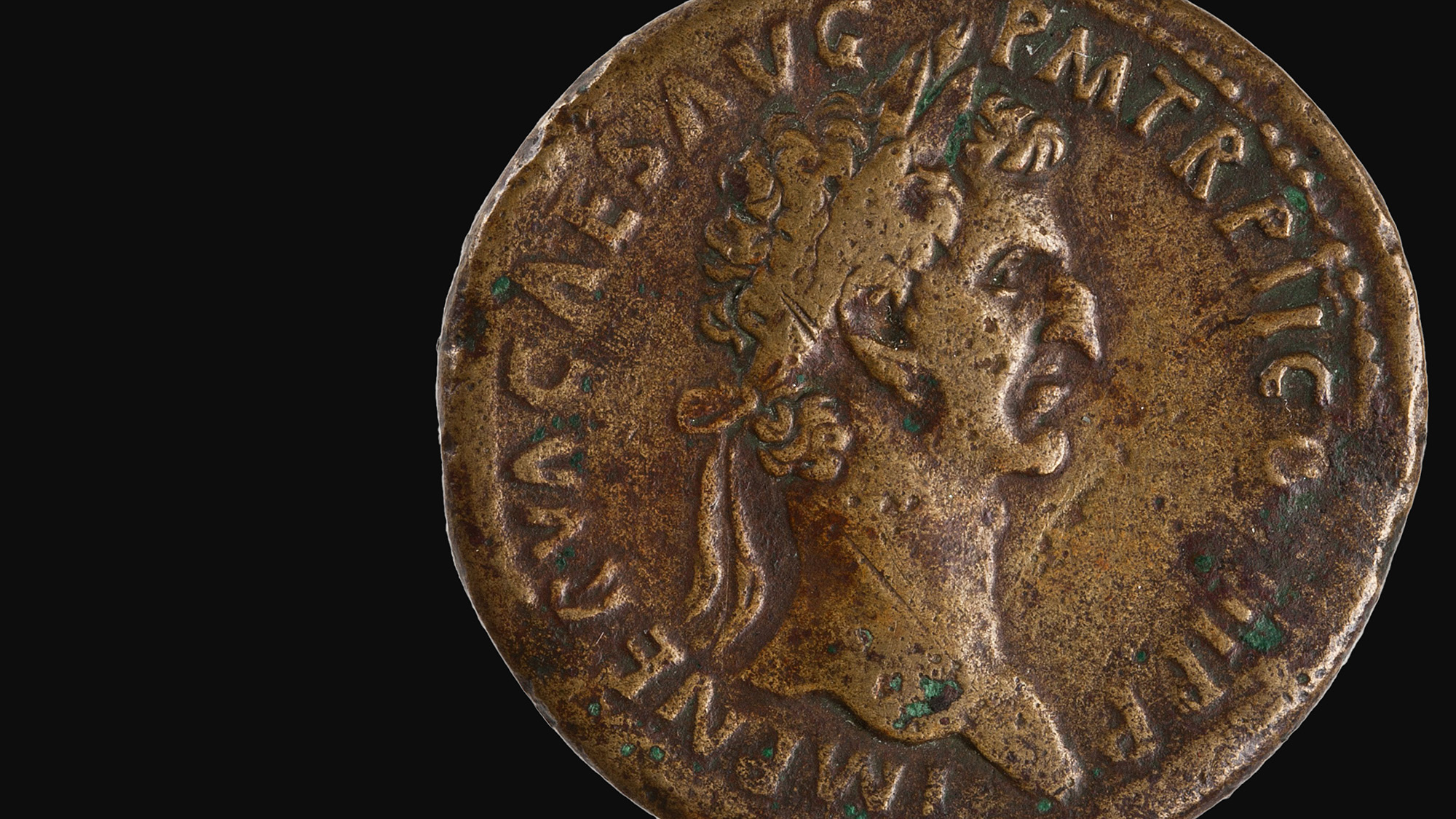The Lifetime in Circulation of Visigothic Coins
Individual coins are not very informative, but when significant numbers of coins and their find contexts can be compared, they can tell us a lot about the people who used them. Coin hoards are one of the more important sources of information for numismatists, although they can be tricky to interpret. One topic that hoards can shed some light on is how long coins remained in circulation, a question that is critical for understanding how people used coins and how many coins were in circulation for them to use.
The economy of the Visigothic kingdom in early medieval Spain, Portugal, and France (late fifth to early eighth centuries) is poorly documented in textual sources, so archaeological evidence (including coin finds) is essential. There was a substantial gold coinage, clearly under royal regulation from the late sixth to early eighth centuries, but how these coins were used within the economy remains a matter of debate. Looking at the relative ages of the coins found together in hoards is one clue.

This coin of Sisenand (631–636) was one of the latest coins included in the La Capilla hoard, which was buried in the mid-630s. It shows hardly any wear from circulation. ANS 2016.29.86.
Coin hoards can be formed in many ways. They may contain a group of coins representing what was in circulation at the time. However, they may reflect some unrepresentative selection process, such as a packet of newly minted coins just paid out by the government, or a group of better-quality coins picked from circulation to be saved. Thus, it is important to look at the structure of hoards before leaping to conclusions.
As it happens, most Visigothic coin hoards show a profile suggesting that they were drawn from general circulation. Normally the coins span a range of twenty or thirty years, but the majority of them come from the two reigns closest to the closing of the hoard, with the numbers from earlier reigns diminishing rapidly. Sometimes a hoard contains an outlier or two, older coins that somehow re-entered circulation, much like the occasional wheat-ear cent or buffalo nickel that turns up in circulation in the United States today. But overall, the statistical pattern is quite consistent.
From this evidence, we can conclude that Visigothic coins circulated for a limited span of time, perhaps around ten years on average, with most coins having left circulation before they were twenty years old. However, coins seem mostly to have left circulation gradually, perhaps to be melted down for other uses or for striking new coins; there is only evidence for one wholesale withdrawal and replacement of coins. Near the beginning of the Visigothic regal coinage, in the early 580s, it appears that all earlier coins were removed from circulation as part of a reform of coinage standards.
There was one other significant coinage reform during the period in question, around the early 650s. No withdrawal of coinage at that time is visible in the evidence, but unfortunately there is no hoard from the 660s, when it would have been most visible. The evidence does make clear, however, that the continual reductions in weight and fineness that were occurring at most other times were not associated with large-scale withdrawal and replacement of coins.
A tendency for older coins with higher gold content to be removed from circulation, as predicted by Gresham’s Law, is likely to be an important contributing reason for the relatively short lifespan of Visigothic coins, but it is also clear that coins of significantly different fineness could and did circulate together.

This coin of Reccared I (586–601) may be the oldest known coin from the La Capilla hoard. It contained about 20% more gold than the latest coins in the hoard, those of Sisenand (631–636). However, it has only limited wear from circulation, suggesting that it was not in active use most of the time during the four decades or so between minting and burial. ANS 2015.48.46.
In summary, a brief look at one aspect of Visigothic coin hoards has told us some very useful things about the monetary system. The hoards show that coins could circulate for decades, even as standards of weight and fineness changed, unless there was a complete replacement of the coinage. However, they also show that coins had a relatively short lifetime in circulation, compared to some coinages in other times and places. Most likely older coins were frequently picked out of circulation and melted down due to their higher gold content, keeping the circulating population relatively young.
List of hoards with 20 or more recorded Visigothic regal coins, with median (50th percentile) and 95th percentile dates:
- Mérida (20 coins, ca. 582?): all 20 coins from Leovigild, Cross-on-Steps series (ca. 581–584?).
- La Capilla (ca. 1000 coins of which 765 recorded, ca. 631–636): median Suinthila (621–631), 95th percentile Sisebut (610–ca. 620).
- Vega Baja de Toledo (31 coins, ca. 636–639): median Sisenand (631–636), 95th percentile Suinthila (621–631).
- Córdoba (46 coins, ca. 642): median Chintila (636–639), 95th percentile Suinthila (621–631).
- La Grassa (ca. 800 coins of which 175 recorded, ca. 653): median Tulga (639–642), 95th percentile Sisebut (610–ca. 620).
- Zaragoza (35 coins, ca. 695–702): median Egica sole reign (687–ca. 695), 95th percentile Reccesuinth (653–672).
- Abusejo (111 coins, ca. 702–710): median Egica and Wittiza (ca. 695–702), 95th percentile Wamba (672–680).
Also, note the very large Fuentes de Andalucia hoard (ca. 4000 coins, ca. 625), which was not recorded, but a large majority of the coins were apparently from Suinthila (621–631) and Sisebut (610–ca. 620). For more details on these hoards, see R. Pliego, La moneda visigoda (Seville: University of Seville, 2009), ch. 9.




